Reducing Emissions and Increasing Productivity
Embrapa calculates that the greenhouse gas emission intensity (GHGEI) related to
mechanized operations (diesel use) and the use of chemical inputs (fertilizers and
pesticides) in typical production systems of each Brazilian production region, also
known as modalities, is around 400 kg of CO2 equivalent per ton of grains
produced.
The LCS Program estimates that the potential reduction in greenhouse gas emissions could be approximately 30% by adopting sustainable technologies advocated by research. That is because agricultural practices that reduce greenhouse gas emissions are the same ones that increase productivity and reduce costs, thereby bringing gains to the production system.
The LCS Program estimates that the potential reduction in greenhouse gas emissions could be approximately 30% by adopting sustainable technologies advocated by research. That is because agricultural practices that reduce greenhouse gas emissions are the same ones that increase productivity and reduce costs, thereby bringing gains to the production system.
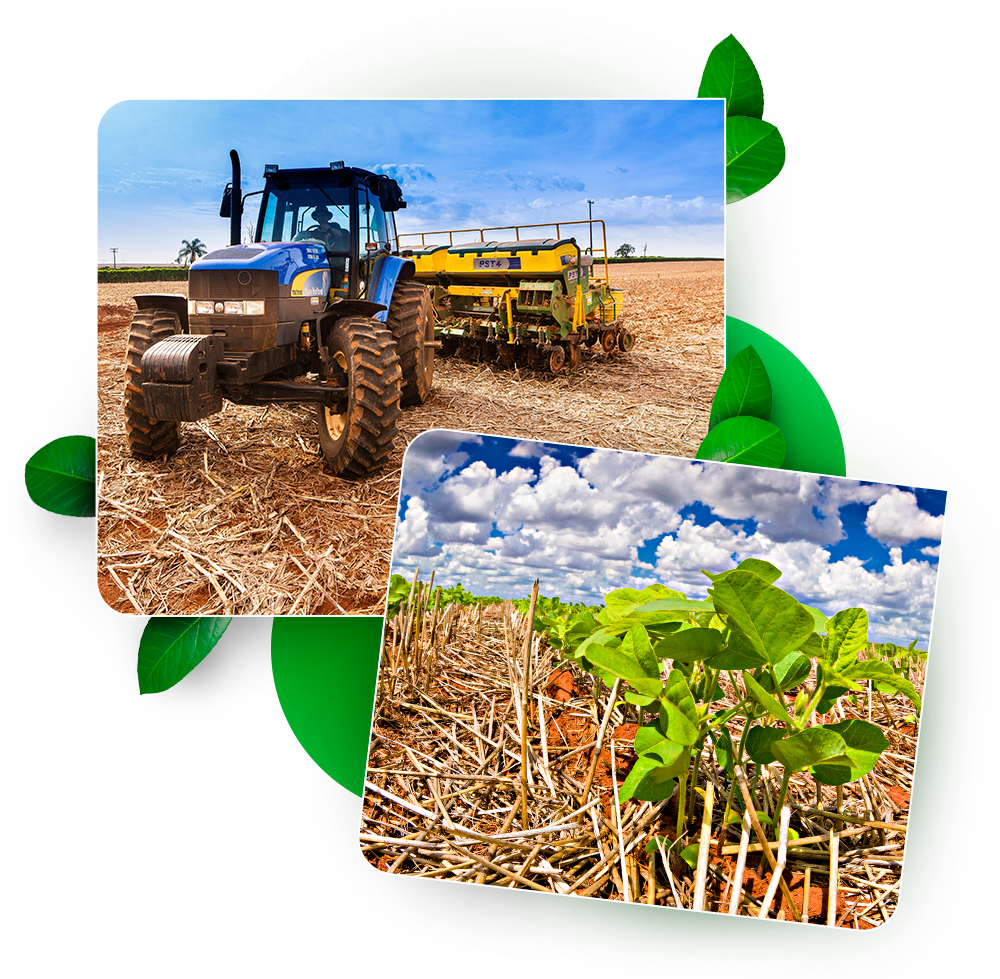
No-tillage System (NTS)
According to a survey by the No-tillage Planting in Straw Federation, Brazil has
approximately 33 million hectares of cultivated area under the No-tillage System
(NTS). NTS reduces erosion and saves on soil amendments, fertilizers, and
operations of soil preparation while also allowing for higher water retention in the
soil, benefiting crops during dry periods.
However, not all areas utilize the principles advocated by NTS, a practice based on minimizing soil disturbance while preserving its plant cover or plant residues and crop rotation. There are varying levels of system adoption, indicating that it still can be improved.
However, not all areas utilize the principles advocated by NTS, a practice based on minimizing soil disturbance while preserving its plant cover or plant residues and crop rotation. There are varying levels of system adoption, indicating that it still can be improved.
Integrated Pest Management (IPM)
Another greenhouse gas mitigation practice is Integrated Pest Management (IPM). A survey conducted by Embrapa, in partnership with the Paraná Rural Development Institute, confirms that areas adopting the set of practices established by IPM can reduce insecticide and fungicide applications by 30%. Fewer applications imply lower diesel consumption per hectare, directly reducing greenhouse gas emissions. Reduced pesticide consumption indirectly decreases emissions, as pesticide manufacturing, storage, and transportation produce greenhouse gases.
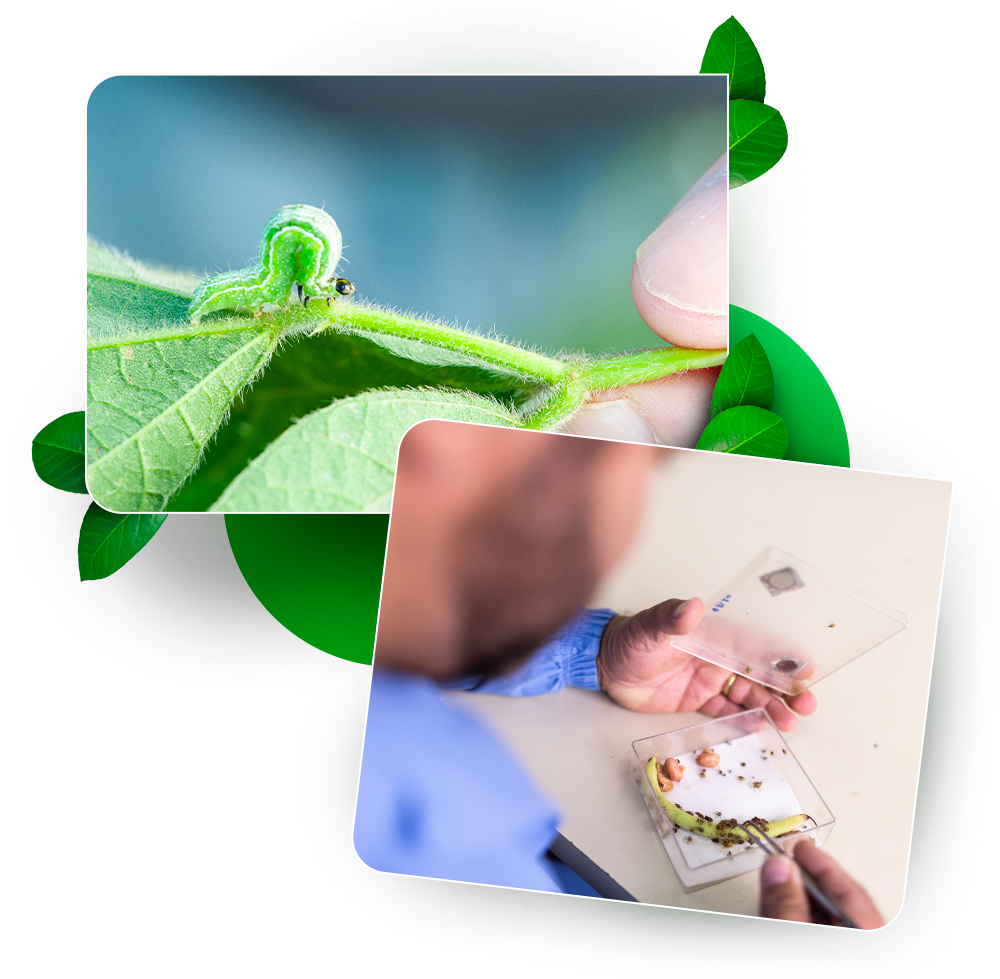
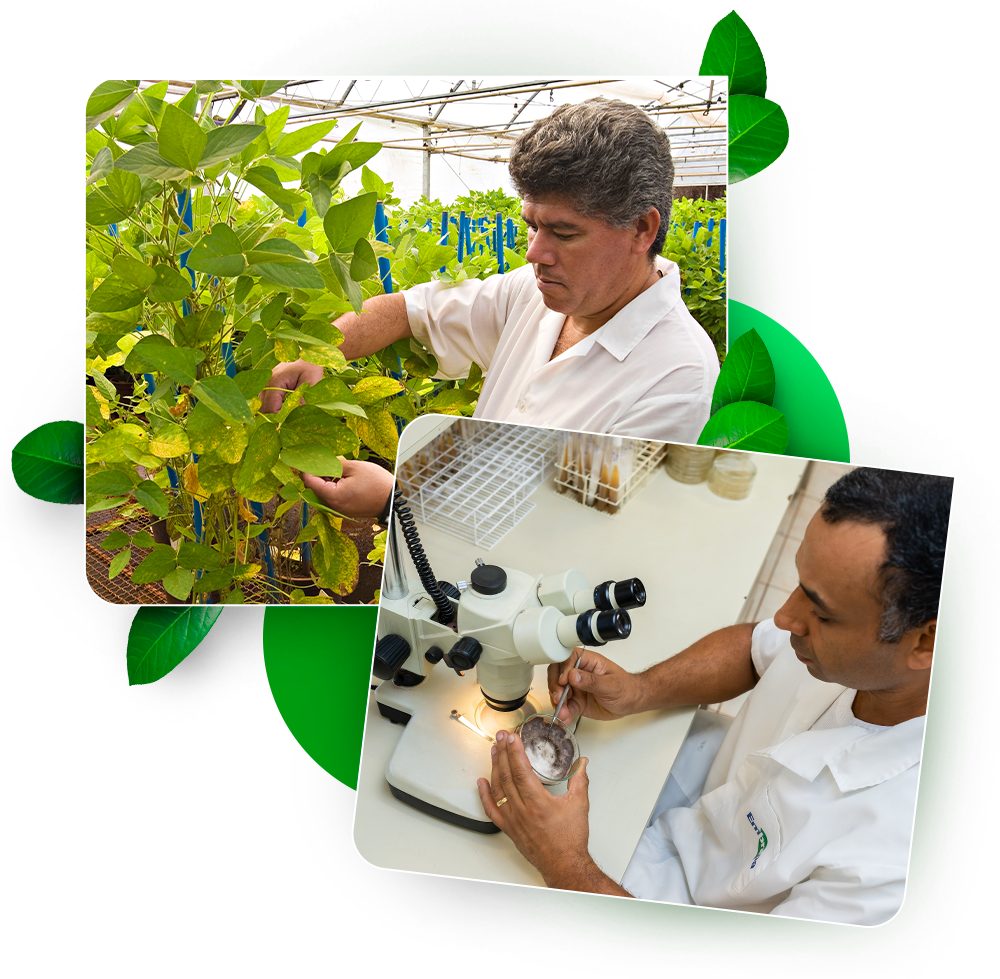
Integrated Disease Management (IDM) and Integrated Weed Management (IWM)
The same rationale can be applied when analyzing the adoption of integrated disease and weed management technologies through various methods, such as chemical, mechanical, biological, and cultural, to prevent and control these issues.
Biological Nitrogen Fixation (BNF)
The application of mineral nitrogen in soybeans, an unnecessary practice, is still found in parts of the production system in some regions, which can result in more than 100 kg/ha of CO2 equivalent emissions. That practice should be replaced by the full adoption of Biological Nitrogen Fixation (BNF), another example of additionality that will be accounted for in the LCS protocol. Inoculating soybeans with nitrogen-fixing bacteria (rhizobia), associated with another bacterium that stimulates soybean growth (Azospirillum), results in productivity gains of around 16% per year. This technology provides an estimated annual savings of R$ 38 billion per harvest by eliminating the need for nitrogen fertilizers.
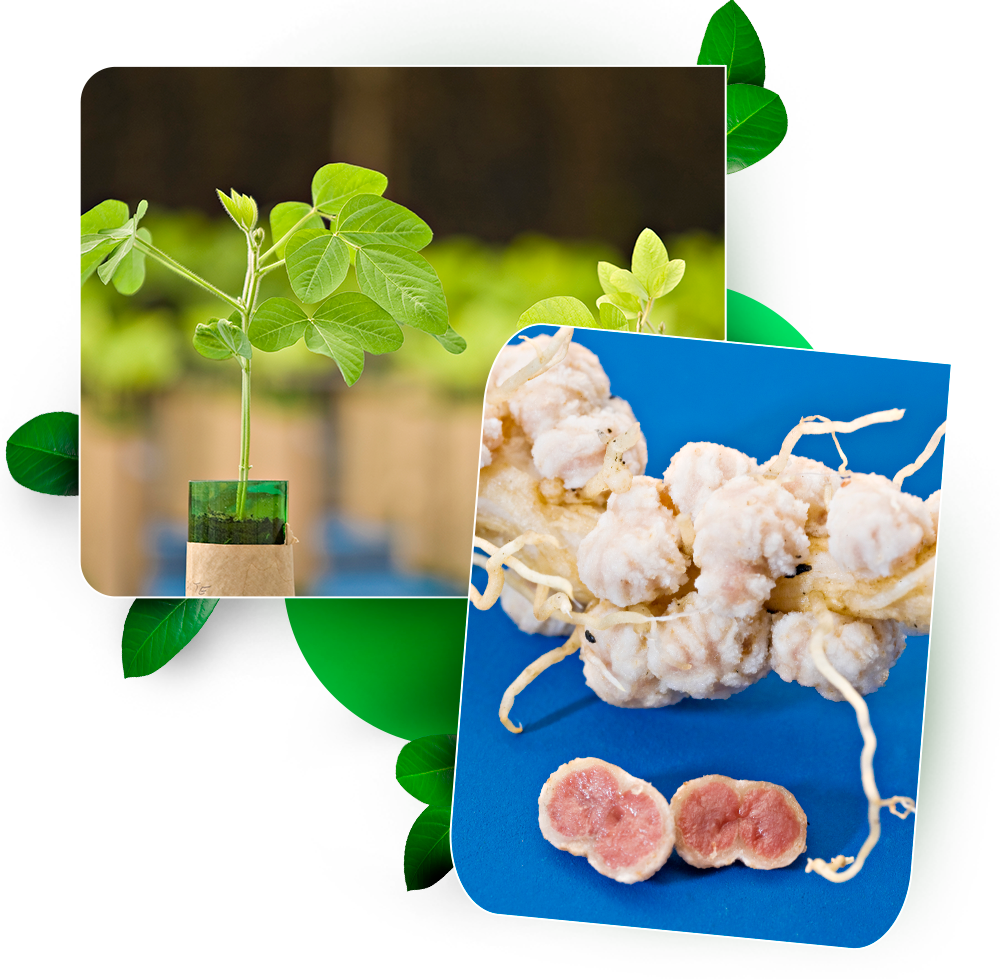
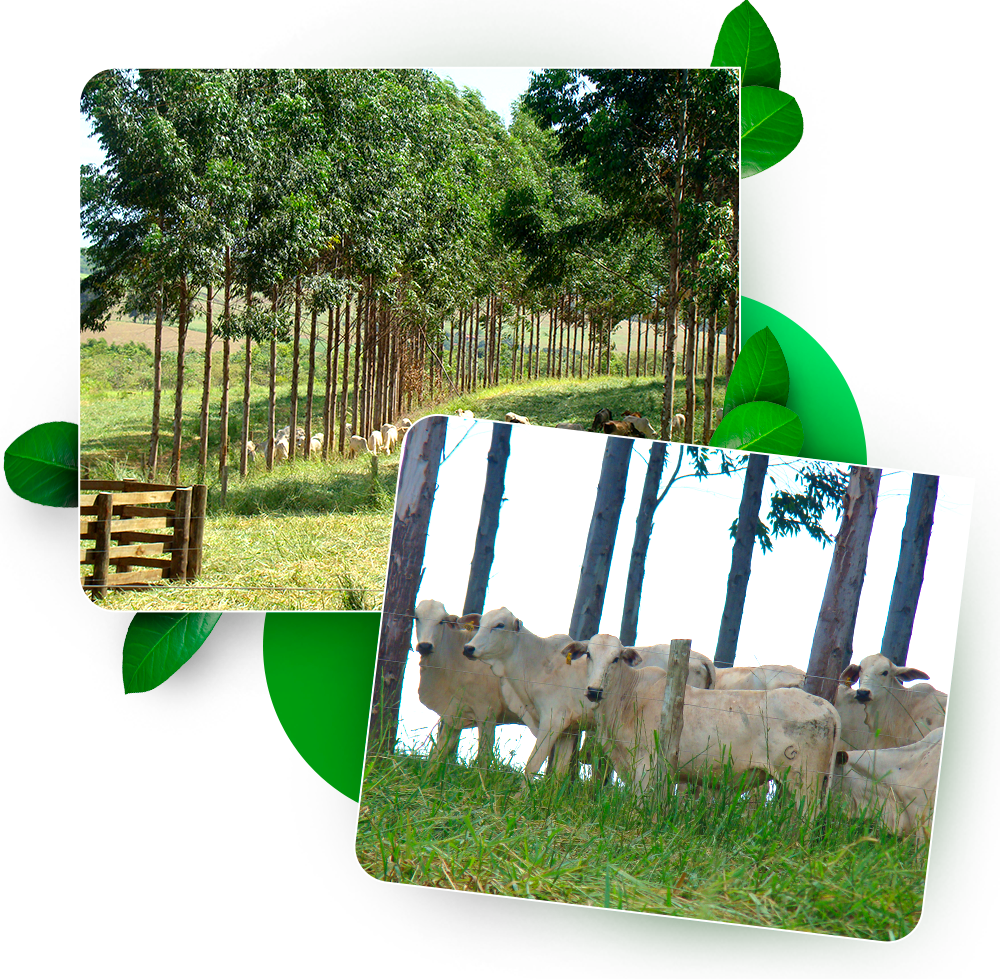
Integrated Crop-Livestock-Forest (ICLF)
Integrated Crop-Livestock-Forest (ICLF) is a production strategy that combines different agricultural, livestock, and forestry systems within the same area. It can be implemented through intercropping, succession, or rotation so that there is mutual benefit for all activities. Integrated production can provide various environmental services: carbon sequestration, conservation and increase of biodiversity, and improvement of soil, water, and air quality.

